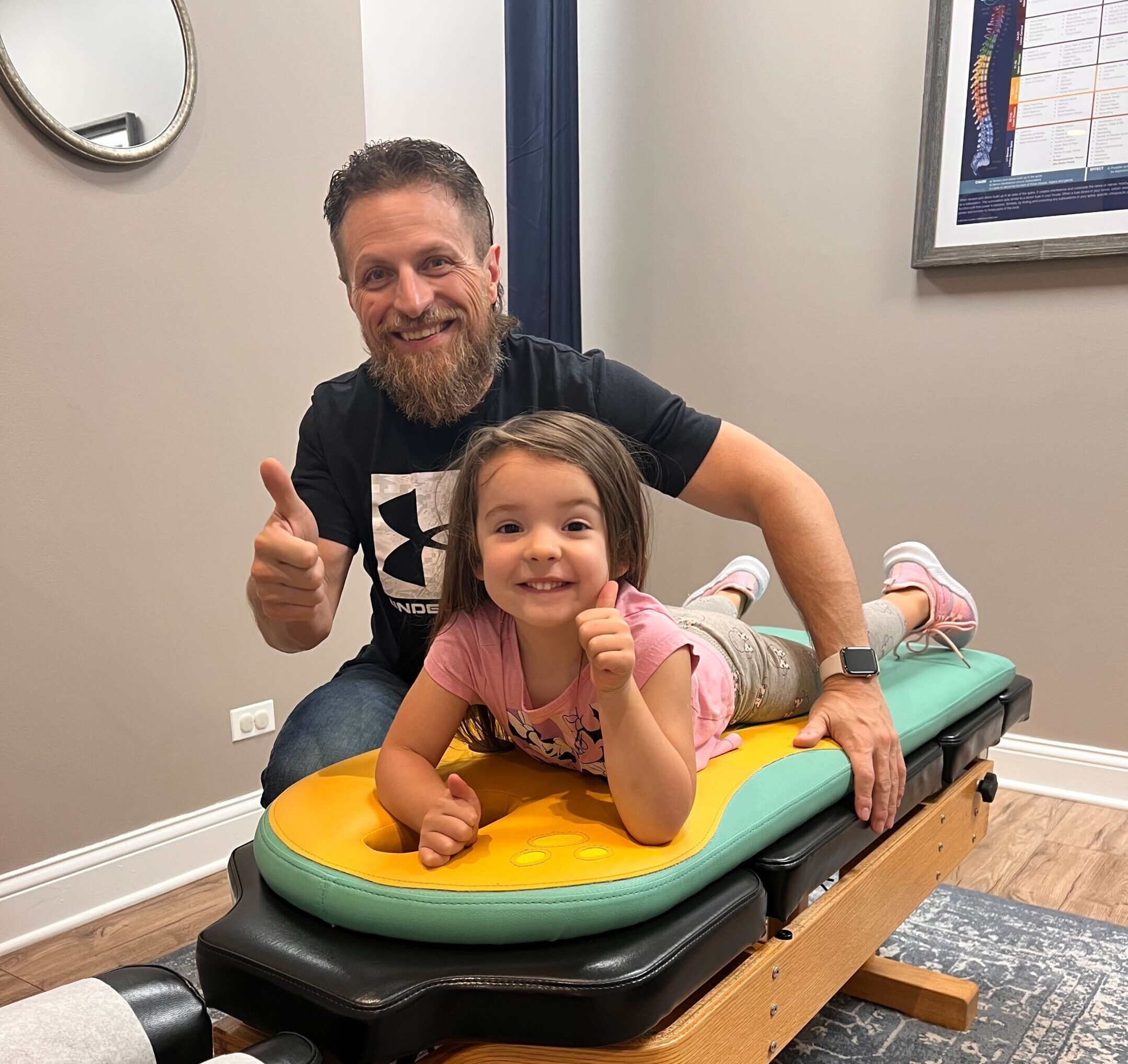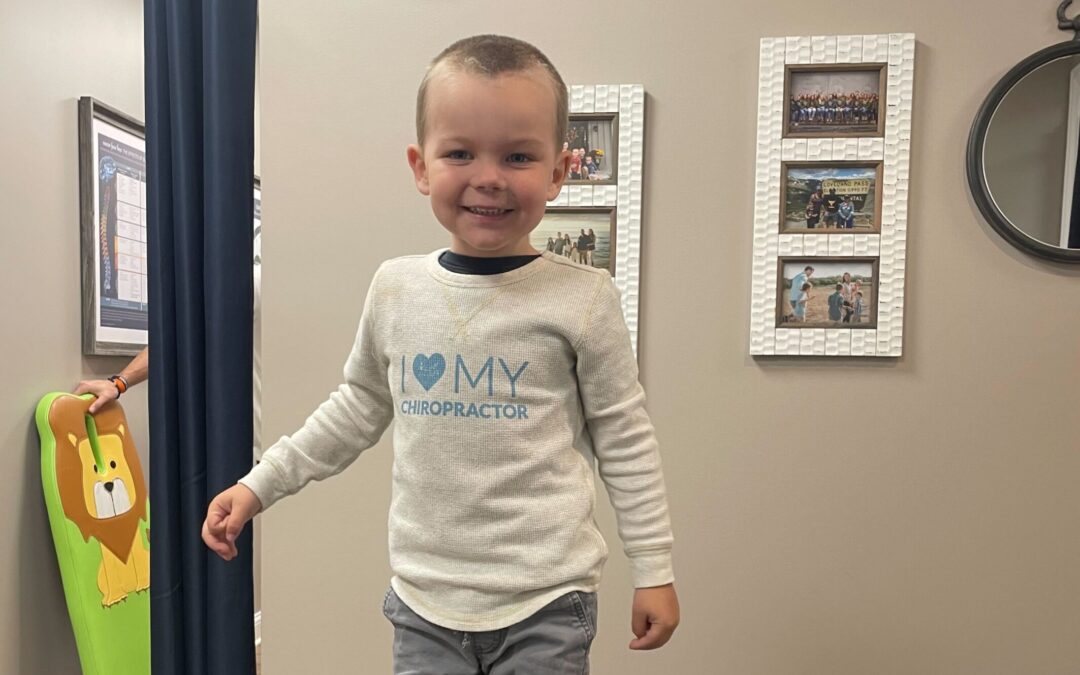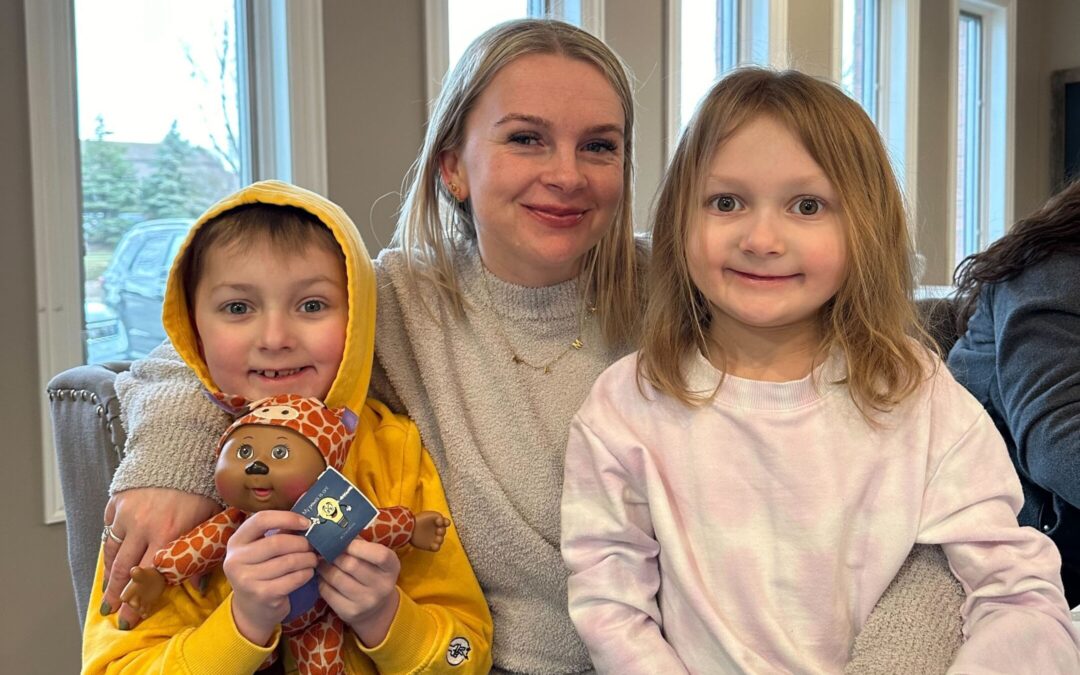“Turn the radio down, I can’t see where I’m going!” – All Dad’s While Driving in Traffic.
Alright, parents, let’s start this one off with a lighthearted but very practical example of what Auditory Processing Disorder is like for kids and patients struggling with it.
The reason that funny scenario is so true and plays out the way it does is that when the brain has too much sensory info coming into it all at once, it can be hard to concentrate, make decisions, and regulate emotions. When a child is struggling with Auditory Processing Disorder, they deal with this issue almost constantly because their brain and nervous system have a hard time filtering and regulating auditory information.
Similar to children struggling with Sensory Processing Disorder in other forms, these auditory processing challenges essentially leave the child with a “noisy” brain at all times, which can lead to constant stress, tension, and distraction.
Because of this struggle, their language comprehension, communication, and learning ability are all affected. Parents hesitate to take their child out to loud places as these environments can exacerbate their difficulties in processing auditory information, putting a strain on the child’s experiences and the entire family as well.
If your child struggles with Auditory Processing Disorder and has plateaued in speech therapy, and you’re tired of seeing them always struggle or have to avoid certain situations, it’s time to look into Neurologically-Focused Chiropractic Care and address the root cause of these challenges head-on.
Introduction to Auditory Processing Disorder (APD)
Auditory Processing Disorder (APD), also known as Central Auditory Processing Disorder, is a condition where the brain doesn’t process sound properly. Children with APD struggle to understand, remember, or interpret sounds, especially in noisy environments. Think of it as trying to listen to a radio station with a lot of static interference – the intended message may get lost or distorted. This can affect language comprehension, communication, and learning. Perhaps the most perplexing aspect of APD is that it coexists with normal hearing, making it often overlooked or misdiagnosed.
Before diving into the intricacies of APD, it’s essential to dispel some common misconceptions surrounding this disorder. Many people mistakenly believe that individuals with APD have hearing problems, which is not the case. APD is a disorder of sound processing in the brain and autonomic nervous system rather than a problem with the ears.
Delving Into the Human Auditory System
To fully comprehend the Auditory Processing disorder, we must first understand the human auditory system, including its anatomy and the critical role the brain and central nervous system play in processing sounds.
The sound journey begins in the outer ear, where sound waves are captured by the ear canal and directed towards the eardrum. From there, these vibrations are transmitted through the middle ear’s small bones to the inner ear, which are converted into electrical signals and sent to the brain via the auditory nerve.
Once the auditory nerve transmits these electrical signals to the brain, the brain undertakes the complex task of deciphering and interpreting them. This intricate process involves various regions of the brain working in harmony to transform these signals into meaningful sounds and language.
The boss of this entire process making it all happen is a properly functioning autonomic nervous system, which is responsible for coordinating and regulating many bodily functions, processing sensory information, and enabling higher cognitive functions. This should all happen on autopilot. When there is dysfunction present in the autonomic nervous system, that is where challenges begin to arise.
Understanding Auditory Processing Disorder
In children with Auditory Processing Disorder, there is a breakdown in the brain’s ability to interpret sound accurately. This breakdown can occur at various stages of sound processing, leading to different types of APD.
The Main Types of APD:
- Temporal Processing Disorder: This type of APD involves difficulty in processing the timing of sounds. Children with temporal processing disorder may struggle to distinguish the order of sounds, leading to confusion in conversations and difficulties in understanding speech.
- Auditory Discrimination Deficit: Those with auditory discrimination deficits have trouble distinguishing subtle sound differences. This can result in misinterpretation of words or similar sounds, affecting their ability to communicate effectively.
- Auditory Attention Deficit: Children with auditory attention deficits have a reduced ability to focus on specific sounds in a noisy environment. This makes it challenging for them to filter out the background noise and concentrate on the speaker.
Recognizing the Symptoms of Auditory Processing Disorder
Identifying the symptoms of Auditory Processing Disorder can be helpful for early intervention and can vary from child to child. Many of these symptoms can overlap with other well-known neurodevelopmental conditions like ADHD, Autism, and speech and language disorders. Children with APD often exhibit a combination of these symptoms.
Some of the most commonly observed APD symptoms include:
- Struggling to comprehend speech, especially when there’s background noise.
- Having difficulty following verbal instructions with multiple steps without visual aids.
- Being easily distracted by loud or sudden noises.
- Finding it challenging to maintain focus during lengthy lectures or extended periods of listening.
- Facing difficulties in remembering and summarizing information presented verbally.
- Exhibiting reading, spelling, and writing difficulties compared to their peers, consistently performing below their grade level.
- Struggling to grasp concepts of ideas.
- Experiencing delays or misunderstandings when it comes to humor and figurative language.
The Causes of Auditory Processing Disorder
In the traditional medical world, the exact cause of APD is not always clear-cut, and they fail to pinpoint a definitive cause for Auditory Processing Disorder. However, as Neurologically-Focused Pediatric Chiropractors who are aware of the massive effects of birth trauma, it is encouraging that a growing number of healthcare professionals, including speech therapists and occupational therapists, have also begun to observe the strong association between birth trauma and APD.
We know that birth trauma, such as breech positioning, forceps or vacuum extraction, and c-section, causes subluxation, which disrupts the nervous system’s ability to accurately perceive and coordinate communication within the central and autonomic nervous system, which is at the core of the issue in Auditory Processing Disorder. Dysregulation of the nervous system, which controls the body’s response to sensory input, is so clearly linked to APD.
Nervous system dysregulation is characterized by a disruption or imbalance in the proper functioning of the nervous system, impairing its ability to manage responses to various stimuli effectively. This disruption can manifest in a multitude of ways, spanning from physical to emotional and cognitive disturbances.
Nervous system dysregulation affects the processing of auditory signals in the brain. This disruption can lead to difficulties in recognizing and interpreting sounds, which are characteristic features of Auditory Processing Disorder.
In individuals with nervous system dysregulation, the nervous system can become overly sensitive or hyperactive. This heightened sensitivity can cause the brain to receive an overwhelming amount of sensory information, making it challenging to filter and process sounds effectively. This sensory overload can result in difficulty in discerning individual sounds within a noisy environment.
Furthermore, the Vagus Nerve, a crucial component of the nervous system, plays a massive role in regulating sensory information. Auditory Processing Disorder often coexists with other neurodevelopmental conditions, such as ADHD, Autism, and Sensory Processing Disorder, which can all be considered Vagus Nerve Disorders.
Intervention and Treatment Options for Auditory Processing Disorder
While most treatment and care strategies recommended by traditional medical professionals for children struggling with Auditory Processing Disorder primarily revolve around speech therapy and auditory training, this is not getting to the root cause of your child’s challenges.
As Neurologically-Focused Pediatric Chiropractors, we dig down and address the root cause, which is restoring balance to the Autonomic Nervous System and Vagus Nerve so children can better manage sensory inputs, including auditory stimuli.
To achieve this, our primary focus is on activating and stimulating the Vagus Nerve and the parasympathetic calming side of the nervous system. This approach is at the core of the specialized care provided by our PX Docs network. Our PX Docs are trained in clinical protocols and care plans designed to target a child’s subluxation and nervous system dysregulation directly, offering families an improved quality of life without avoiding situations that may trigger a child’s APD challenges.
Our clinical approach begins with a comprehensive case history and consultation with your PX Doc, delving into potential triggers for Auditory Processing Disorder, such as prenatal stress, birth trauma, and exposure to toxins, which are unfortunately prevalent in a child’s environment today.
Following this initial consultation, our doctors employ cutting-edge technology called INSiGHT Scans, which are pivotal in identifying and addressing the root causes of Auditory Processing Disorder and other neurodevelopmental challenges. These scans are remarkable because they not only detect the presence of subluxation but also provide quantitative data to assess their severity and pinpoint the precise areas requiring chiropractic adjustments.
Once your child starts receiving these neurologically-focused chiropractic adjustments, you’ll start to see their entire system begin to relax and unwind. Once the autonomic nervous system is more balanced and regulated, there is not so much “noise” left in the sensory system, and now you can see improvements in sensory processing and overall neurological function.
Our mission is to offer hope and action steps so your child can experience a brighter future full of enhanced sound processing, improved communication, and greater learning opportunities. To learn more about how this all works, check out some of the other links provided in this article, and when you’re ready, schedule a consultation and exam with your local PX Doctor right away!





